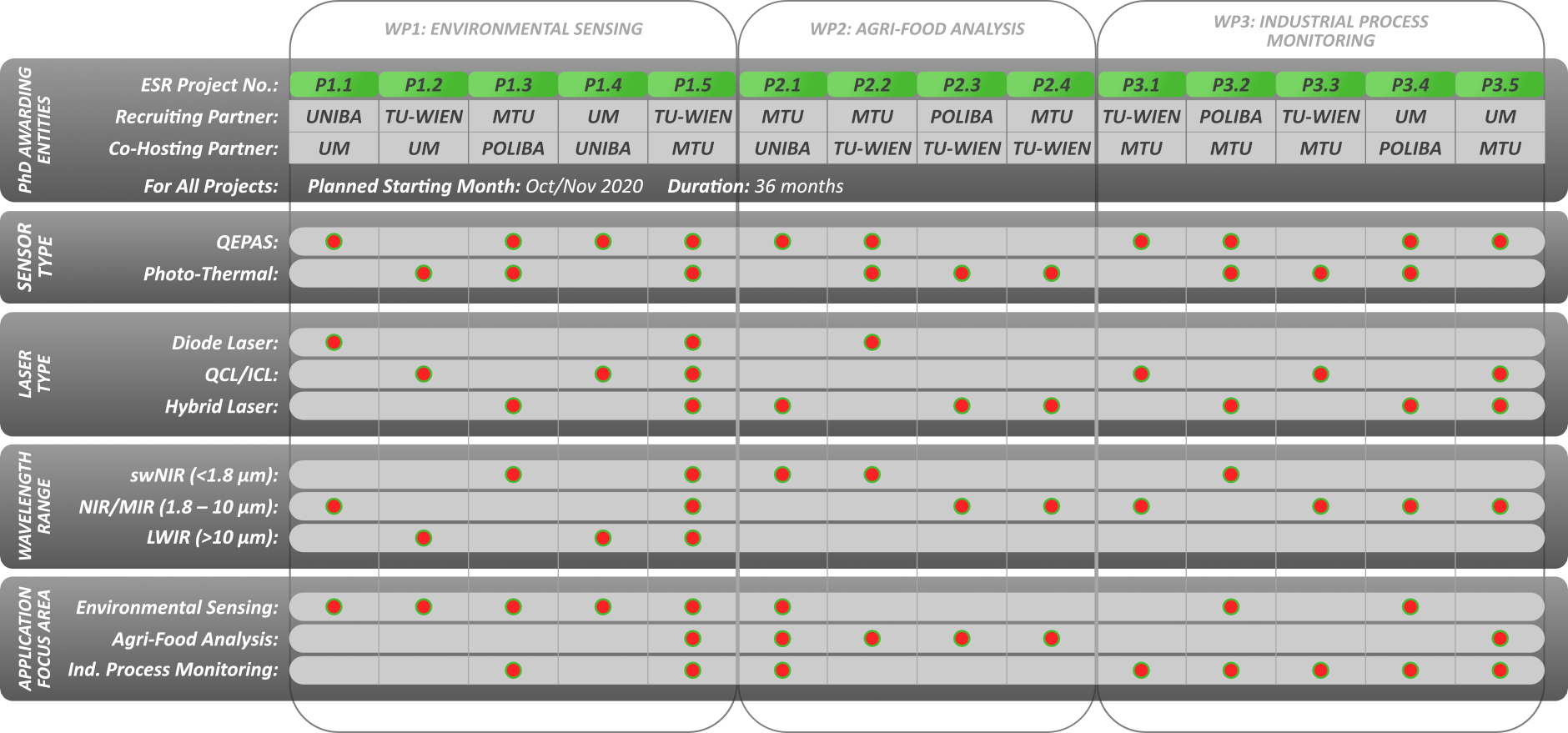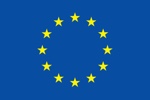Photonics, the science of generating and manipulating light, is a key technology of the 21st century; it has been identified by the European Investment Bank as being one of the “building blocks of the next digital revolution”. Photonics underpins all aspects of modern society, including optical telecommunications, biophotonics, medical devices, optical sensors and materials processing, with a global market expected to reach €615 billion by 2020 and growing. Photonic sensors are a key element of the sector; measurement of molecular-specific optical transitions allows qualitative and quantitative analysis in-situ, without the need to chemically prepare or damage the sample in question, and hence is hugely attractive for a wide range of applications, from Process Analytical Technology (PAT) to biomedical diagnostics.
Due to Europe’s strong activity in optical sensing and the large variety of applications, it is becoming increasingly difficult for all sectors to find highly skilled photonics graduates, particularly at the interfaces between sectors. In particular, optical sensing is intrinsically a multi-disciplinary topic, requiring expertise in chemistry, physics and engineering, making truly disruptive innovation difficult within a traditional Ph.D. project. The OPTAPHI network (pronounced opta-fy) aims to address this by training a cohort of doctoral students in the complementary fields of advanced spectroscopy and integrated optics. Specifically, the focus is on the methods of photo-acoustic and photo-thermal spectroscopy, and the compact semiconductor lasers and integration techniques that enable sensors based on these.








